Search Images
Browse Content (p. 1598)

Image
Vercingetorix
The colossal statue of Vercingetorix, near the village of Alise-Sainte-Reine, France. Napoleon III erected this seven-meter-tall statue of Vercingétorix in 1865 on the supposed site of Alesia.
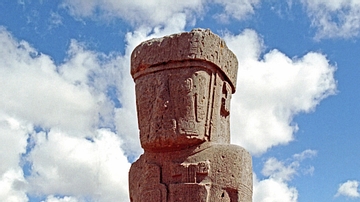
Image
Ponce Monolith, Tiwanaku
The monumental stone statue from Tiwanaku, Bolivia, known as the Ponce Monolith. Such statues perhaps represented the race of stone giants which first populated the world in pan-Andean mythology. Gold pins and traces of piant indicate they...
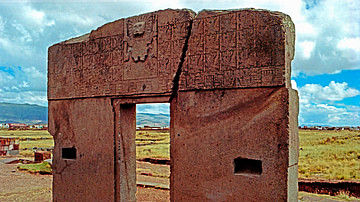
Image
Gateway of the Sun, Tiwanaku
The Gateway of the Sun in Tiwanaku (Tiahuanaco), Bolivia. Carved from a single massive block of andesite stone, the Gateway is 2.8 metres high and 3.8 metres wide. The opening in the gate is 1.4 metres wide. The top portion has relief carvings...

Image
Inca Trapezoid Windows
Typical imperial Inca trapezoid windows from the sacred precinct of Coricancha, Cuzco, c. 1438 CE.
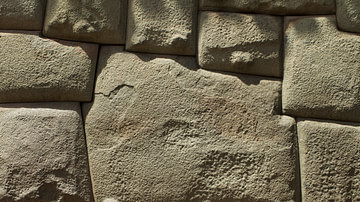
Image
Inca 12 Angle Stone
The famous stone from an Inca wall in Cuzco, Peru. The stone has 12 angles and illustrates the great precision Inca masons employed in ensuring their stone blocks fitted so well together that no mortar was needed. (15th century CE).
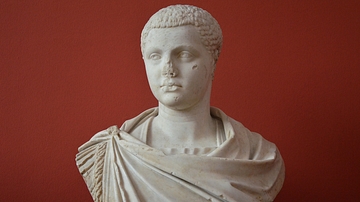
Image
Elagabalus Bust
Marble bust of Roman emperor Elagabalus, ruled 218-222 CE. (Ny Carlsberg Glyptotek, Copenhagen).

Image
Artemisia of Caria
Artemisia I of Caria as depicted in the fictional Hollywood movie 300: Rise of an Empire, played by Eva Green. This depiction is a modern cinematic representation of the character and does not reflect the historical Artemisia. This...
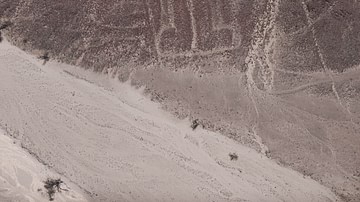
Image
Nazca Line Human Figure
A Nazca geoglyph depicting a human figure. The designs and lines created on the desert floor of southern Peru are known collectively as the 'Nazca Lines' and were made over several centuries between 200 BCE and 500 CE. Their exact purpose...
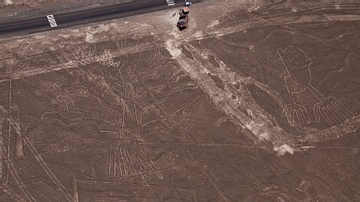
Image
Nazca Line Cactus
A Nazca geoglyph depicting a cactus. The designs and lines created on the desert floor of southern Peru are known collectively as the 'Nazca Lines' and were made over several centuries between 200 BCE and 500 CE. Their exact purpose is not...
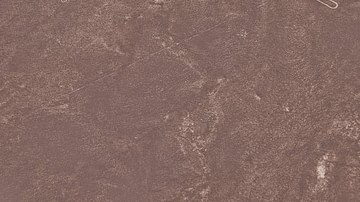
Image
Nazca Line Hummingbird
A Nazca geoglyph depicting a hummingbird. The designs and lines created on the desert floor of southern Peru are known collectively as the 'Nazca Lines' and were made over several centuries between 200 BCE and 500 CE. Their exact purpose...